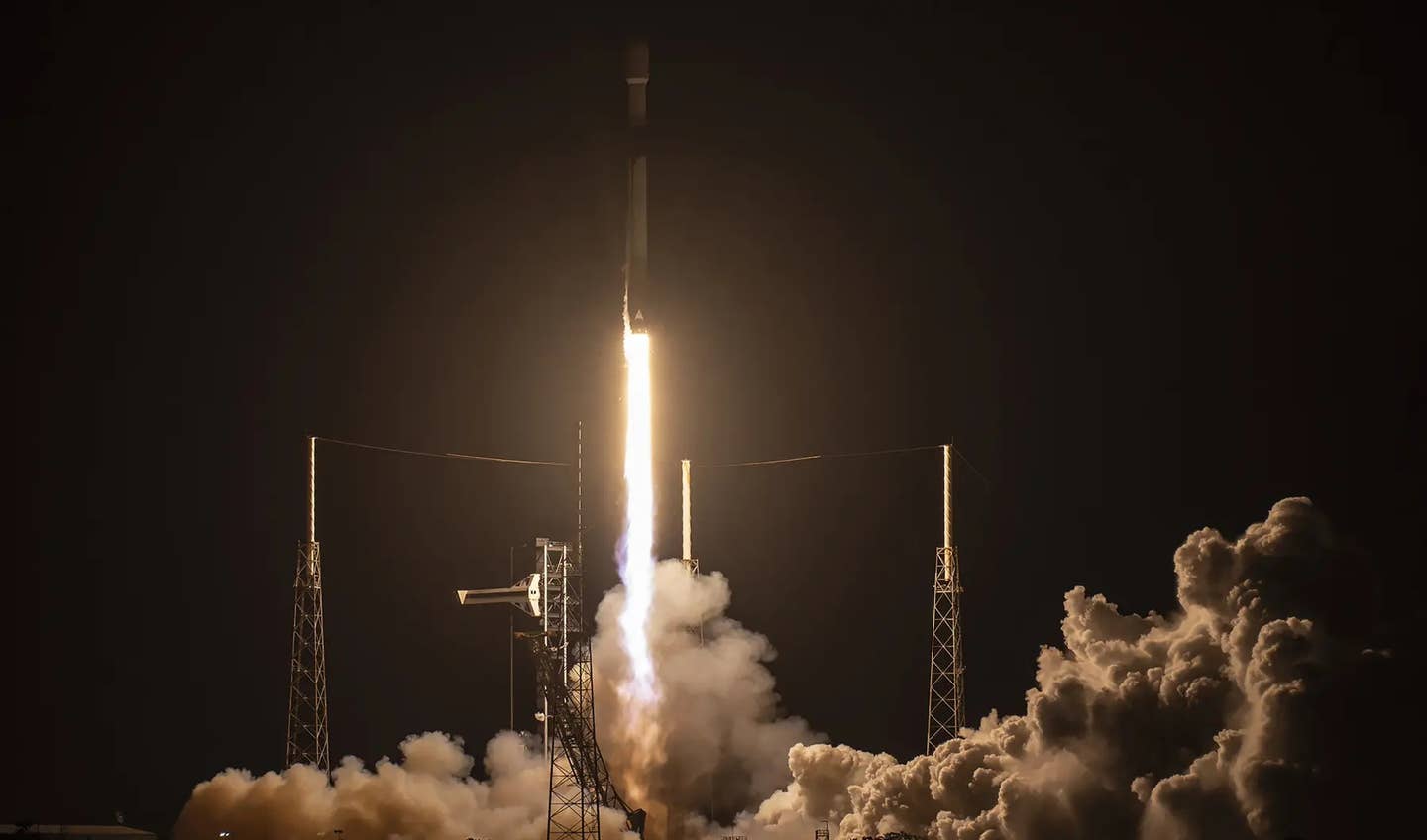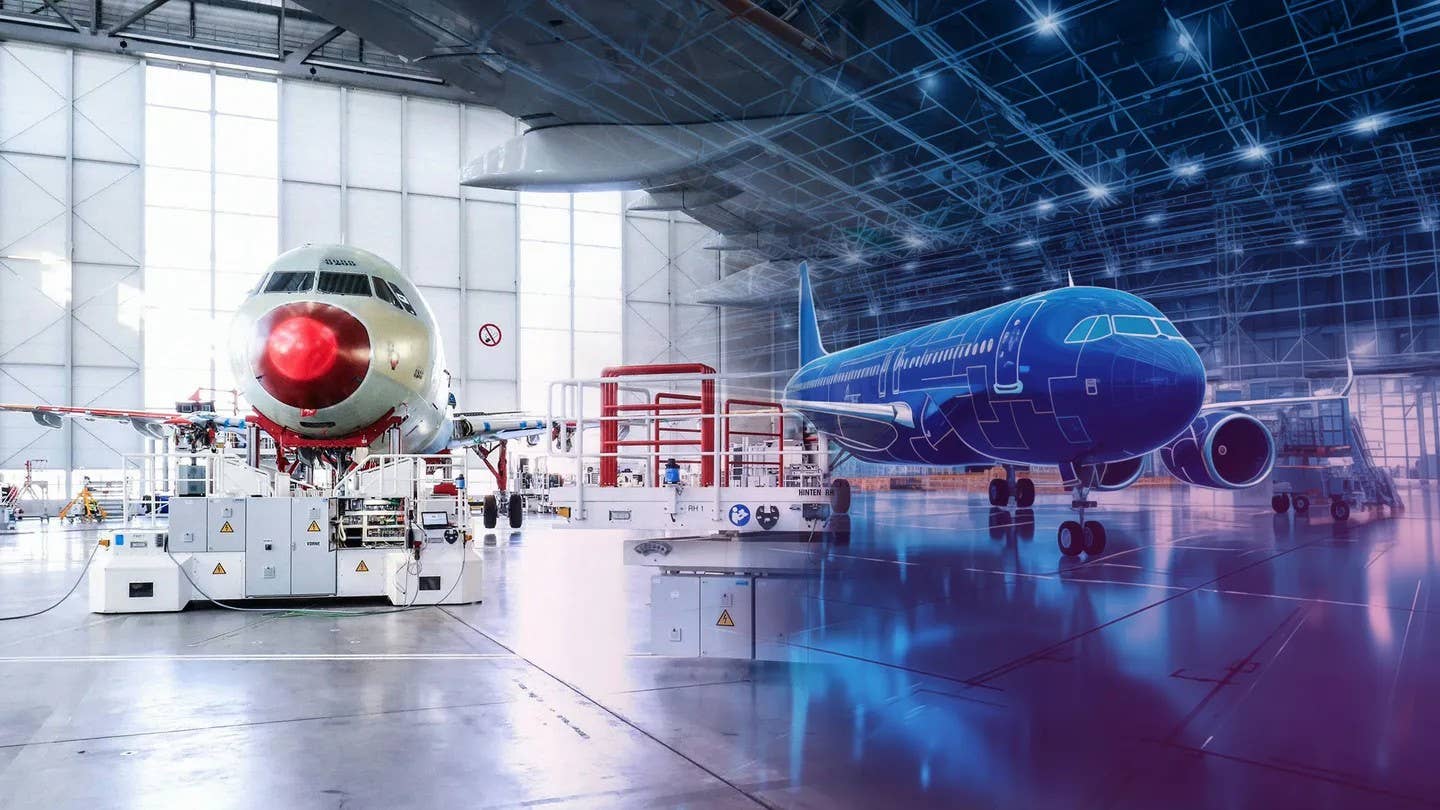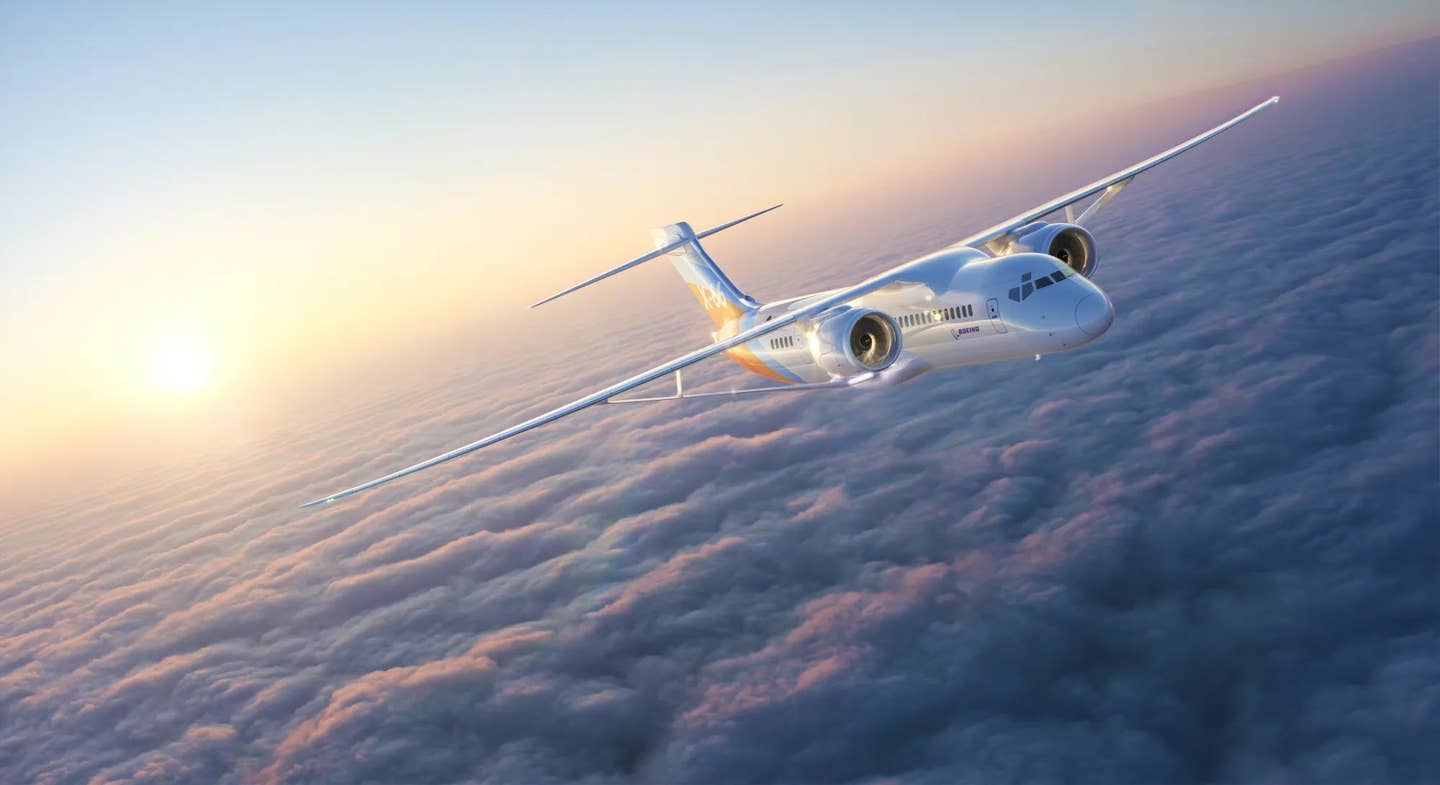
Each month I receive the NTSB Reporter (ntsbreporter@aol.com), which provides an abbreviated version of some of the more interesting NTSB reports that have been issued recently, along with a paragraph or two on a number of recent accidents and other stories of interest. As I read through the weather and other information available to a pilot prior to a flight that resulted in an accident, I often find myself wondering how that pilot could have made a decision to take off based on the available information. The answer may be found in a common quirk of the human mind called confirmation bias.
Confirmation bias describes our tendency to seek out and trust information that confirms what we already think or believe or want to believe, and to avoid or discount information that goes against what we believe or want to believe. This can help to explain the seemingly irrational behavior that pilots often display, especially when they have a strong motivation to depart or continue a flight. Confirmation bias can strike first in the selection of what information to access, or whether to access any outside information at all. A pilot who desperately needs to make a trip may decide that “it doesn’t look that bad” or “it seems like it’s improving” or “it looks like it’s better just east of here,” and then not access any information sources that might negate that opinion. This could explain a pilot who:
• Takes off in miserable conditions without getting weather information from any of the many available sources.
• Fails to check icing reports even though the temperature is such that icing would be possible or even likely.
• Takes off on a short high-elevation runway over gross weight without checking the weight and balance of the airplane or referencing the takeoff performance charts.
Even a pilot who seems to be carefully gathering and assessing all available information in a dispassionate manner may actually be heavily influenced by confirmation bias. The first problem is that, on a difficult weather day, the amount of information available is often more than a pilot can easily process. When this happens, our brains will naturally start looking for something in all that information to help us make sense of what is going on. Research shows that we are more likely to notice information that we agree with or consider positive rather than focusing in on information that is contrary to our beliefs or goals. For example, a pilot preparing to take off in an overloaded airplane on a hot day at a high-elevation airport might notice that the wind is right down the runway, and use that fact as a justification to take off without making the effort to compute weight and balance and takeoff distance.
Confirmation bias can also affect how we gather the information we need. Studies have shown that a person will ask questions so that an affirmative answer supports what they want to do. A pilot who has just gotten a weather report with a forecast for marginal conditions might say, “So, there’s a chance we could make it.” While the answer might be “Yes, there is a chance you could make it,” in reality that chance is miniscule. However, the pilot in the grips of confirmation bias will focus on the positive answer and will not try to define what the odds of making it actually are. To put it simply, we tend not to ask a question if we think we might not like the answer.
How the information is presented can also make a big difference in the decision a pilot makes. We tend to give a lot more weight to the information we receive early in a communication over information that is received later. Thus, in a weather report that begins with “skies are clear” and ends with a forecast for “low ceilings and visibility in blowing snow,” the fact that the weather is clear will have much more influence on the pilot’s decision than the forecast for low ceilings and visibility because it was presented first. A pilot who is told, “The forecast is for low ceilings and visibilities in blowing snow even though it is clear at this time,” would be more likely to make a conservative decision based on the forecast. It is believed that we start to form a hypothesis as the first information is received, and then are likely to discount information received later that might disprove that hypothesis.
This could also explain what is going on in the head of a pilot who received a forecast for good weather but is now confronted with obvious evidence that the conditions are rapidly worsening. The research shows that our minds will doggedly cling to a plan formed on the basis of the earlier ideal forecast rather than abandon that plan and start to formulate a new plan to respond to the worsening conditions. The same process might affect a pilot who plans a high-elevation takeoff for early in the day, when it is cool, and then fails to recompute the takeoff data when the flight is delayed until later in the day, when it is much hotter; or a pilot who fails to take an alternative course of action when he encounters unforecast headwinds that will significantly extend his flight time and the amount of fuel consumed.
On top of all this, we simply prefer pleasant thoughts to unpleasant thoughts. In flying, anything that supports our ability to make it to the destination on time is a pleasant thought, and anything that would cause it to be difficult or impossible to reach the destination on time is an unpleasant thought. Experiments have demonstrated that people typically demand more evidence to support an unpleasant outcome than a pleasant one. This explains why a pilot will easily accept the most tenuous bit of information that will allow him to continue on his way, but will require much more evidence before recognizing that he should turn around.
Another problem is that the cost of taking the conservative response is often known and certain, whether it involves the cost of a rental car and a hotel room, the loss of a million-dollar opportunity or merely the embarrassment of not being able to make the flight, so these costs are very real to the pilot. On the other hand, the costs associated with pressing on in the face of evidence that it might not be wise to do so are uncertain. To make matters even worse, confirmation bias can also contribute to overconfidence in our abilities as pilots, so we are likely to think unreasonably that we can handle whatever conditions we might encounter. This in turn diminishes the likelihood that we will acknowledge that there could be negative consequences to proceeding on in the face of difficult conditions.
When you combine all the various aspects of confirmation bias, it is little wonder that we find pilots taking off or continuing the flight when it should be obvious the runway is too short, they don’t have enough fuel to make it to the destination or the weather is beyond their capabilities. Even more discouraging, these are traps of human nature, so we usually aren’t even aware when they are working. Their impact has been felt in all aspects of society, from the financial crisis to military defeats to the BP oil spill. Because confirmation bias is so strong and so pervasive, it takes strong tools to neutralize or counteract it.
The first line of defense against confirmation bias is simply to be aware that it exists. Keep track of situations in which you find yourself or others making decisions that appear to be influenced by confirmation bias. Be especially alert whenever you are strongly motivated to reach a certain goal, or have a lot riding on a particular outcome. Listen to the words you and others use for questions or answers to see if they are biased toward a desired answer. Use aggressive skepticism to force yourself to consider the negative side of what might happen if things don’t work out as you hoped. For pilots, the answer may be that you could die. If you find yourself tempted to take off or continue based on grasping for a tiny positive hope while ignoring overwhelming risks, ask yourself if the outcome you are seeking is worth destroying your aircraft or dying. Sometimes in military or search-and-rescue operations the answer may be “yes,” but in civilian life that is seldom the case. Finally, make a pact with yourself and any crew members that, if there is ever any question about how to proceed, you will take the most conservative response until you can come up with a definitive answer one way or the other.

Sign-up for newsletters & special offers!
Get the latest FLYING stories & special offers delivered directly to your inbox






